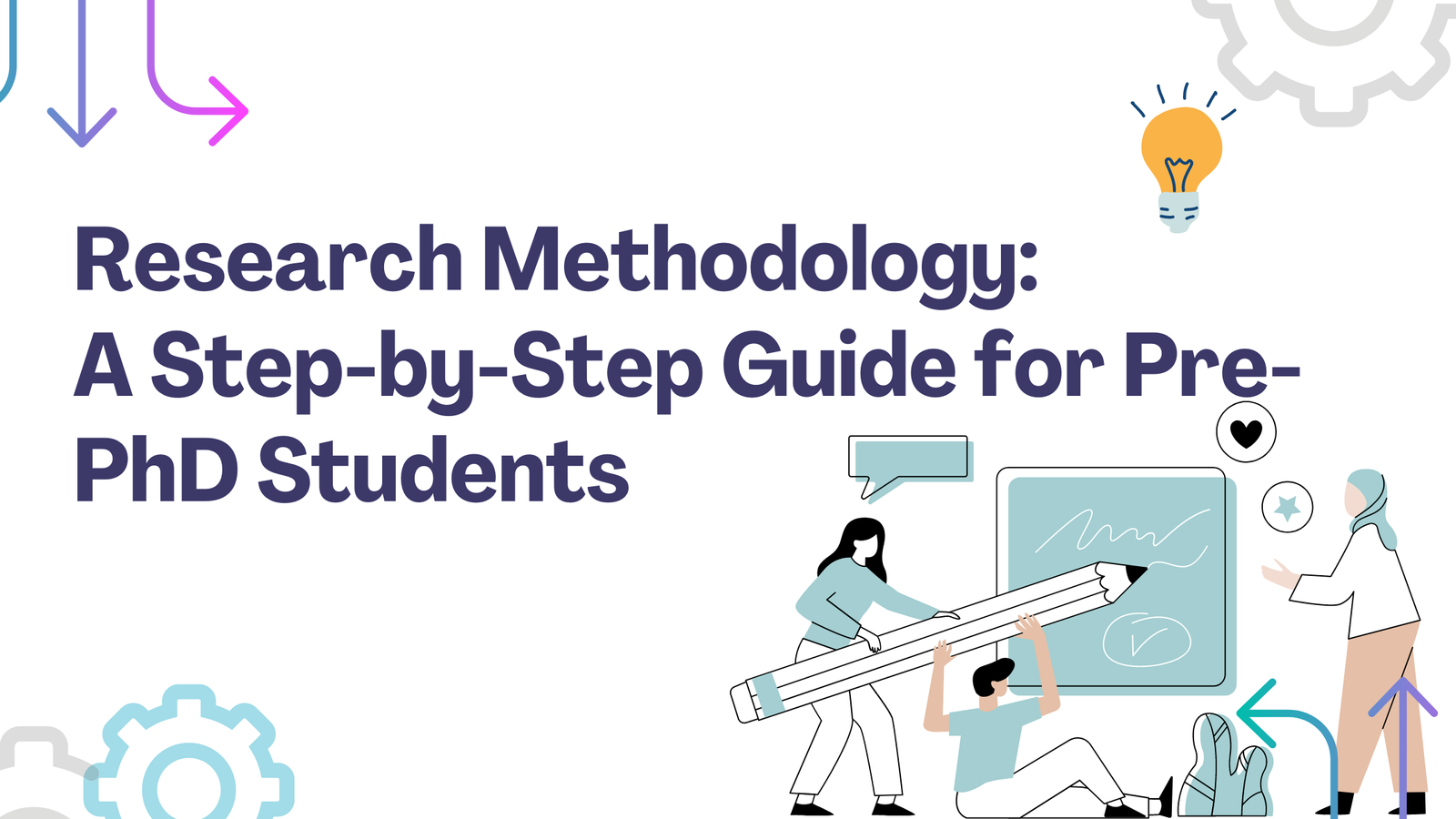Linear Algebra for Machine Learning
Linear algebra is one of the most crucial mathematical foundations for machine learning. It provides the tools for data representation, manipulation, and transformation, enabling the design of algorithms that can learn from data. This article delves deeply into the essential aspects of linear algebra, focusing on its applications in machine learning.
Introduction to Linear Algebra
What is Linear Algebra?
Linear algebra is the branch of mathematics dealing with vectors, matrices, and linear transformations. In machine learning, data is often represented as high-dimensional vectors or matrices, making linear algebra indispensable.
Why Linear Algebra Matters in Machine Learning
-
Data Representation: Features, datasets, and model parameters are often organized as vectors and matrices.
-
Model Computations: Operations like dot products, matrix multiplications, and decompositions are essential for building models.
-
Dimensionality Reduction: Techniques like PCA rely heavily on linear algebra.
-
Understanding Neural Networks: Weight updates, activations, and error propagation involve linear algebra.
Fundamental Concepts
Scalars, Vectors, and Matrices
-
Scalars: Single numerical values.
-
Vectors: Ordered lists of numbers representing data points or directions in space.
-
Matrices: Two-dimensional arrays of numbers that store datasets or transformation rules.
-
Tensors: Generalizations of matrices to higher dimensions.
Operations on Vectors and Matrices
-
Vector Operations:
-
Addition: Combine two vectors element-wise.
-
Scalar Multiplication: Multiply each element by a scalar.
-
Dot Product: Measures the similarity between vectors.
-
-
Matrix Operations:
-
Addition and Subtraction: Combine matrices element-wise.
-
Matrix Multiplication: Combine rows of one matrix with columns of another.
-
Transpose: Flip a matrix over its diagonal.
-
Key Properties of Matrices
-
Determinant: Indicates whether a matrix is invertible and measures scaling.
-
Inverse: Reverses the transformation applied by a matrix.
-
Rank: The number of linearly independent rows or columns.
-
Orthogonality: Vectors or matrices at right angles to each other.
Advanced Topics in Linear Algebra
Eigenvalues and Eigenvectors
-
Eigenvalues: Scalars that indicate how much a vector is scaled during a transformation.
-
Eigenvectors: Directions that remain unchanged except for scaling during transformation.
-
Applications in Machine Learning:
-
Principal Component Analysis (PCA) for dimensionality reduction.
-
Stability analysis in systems.
-
Singular Value Decomposition (SVD)
-
Definition: Factorizes a matrix into three matrices (U, Σ, V).
-
Applications:
-
Dimensionality reduction.
-
Recommender systems.
-
Noise filtering.
-
Norms and Distances
-
Norms: Measure the size or length of a vector (e.g., L1, L2 norms).
-
Distances: Quantify the dissimilarity between points (e.g., Euclidean distance).
Applications in Machine Learning
Data Representation and Transformation
-
Datasets: Stored as matrices where rows represent samples and columns represent features.
-
Transformations: Feature scaling, normalization, and rotation use matrix operations.
Dimensionality Reduction
-
Principal Component Analysis (PCA):
-
Identifies the principal components (eigenvectors) of the data.
-
Reduces data dimensions while preserving variance.
-
-
SVD in Recommender Systems:
-
Handles sparse datasets by approximating missing values.
-
Neural Networks
-
Weight Matrices: Represent connections between layers.
-
Forward Propagation: Calculates activations through matrix multiplications.
-
Backpropagation: Updates weights using gradients, which involve linear algebra operations.
Optimization Algorithms
-
Gradient Descent:
-
Involves vector operations for parameter updates.
-
-
Convex Optimization:
-
Utilizes matrix properties for solving minimization problems efficiently.
-
Clustering and Classification
-
K-Means Clustering:
-
Computes distances between points and centroids.
-
-
Support Vector Machines (SVMs):
-
Use kernel functions and hyperplanes defined by linear algebra.
-
Probabilistic Models
-
Gaussian Mixture Models:
-
Covariance matrices represent relationships between features.
-
-
Kalman Filters:
-
Predict system states using matrix equations.
-
Real-World Case Studies
Case Study 1: Principal Component Analysis (PCA)
Problem: A dataset with hundreds of features causing computational inefficiency.
Solution:
-
Use PCA to reduce the dataset to a manageable number of features.
-
Identify principal components using eigenvalues and eigenvectors.
Outcome: -
Significant reduction in computational load.
-
Improved model performance due to reduced overfitting.
Case Study 2: Neural Network Training
Problem: Training a deep neural network with millions of parameters.
Solution:
-
Weight matrices initialized using random distributions.
-
Efficient forward and backward propagation using matrix multiplications and transposes.
Outcome: -
Achieved state-of-the-art performance on image recognition tasks.
Case Study 3: Recommender Systems with SVD
Problem: Sparse user-item interaction matrix in a movie recommendation system.
Solution:
-
Apply SVD to approximate missing values.
-
Use reduced matrices to make predictions.
Outcome: -
Improved recommendation accuracy.
-
Enhanced user experience.
Linear algebra is a cornerstone of machine learning, enabling efficient data manipulation, transformation, and algorithm design. Its concepts, from vectors and matrices to eigenvalues and decompositions, underpin essential techniques like PCA, neural networks, and optimization algorithms. Mastery of linear algebra equips practitioners with the tools to tackle complex problems and innovate in the rapidly evolving field of machine learning.
Latest Posts

Difference between Qualitative and Quantitative Research with Example
Research methodologies can be broadly categorized into qualitative and quantitative approaches. This article explores these differences using an example, including the use of statistics.

What is Qualitative Research Methodology, Methods and Steps
This comprehensive guide delves into the key aspects of qualitative research methodologies, supported by an example and insights into the qualitative research process.

Prim's Algorithm: Understanding Minimum Spanning Trees
Prim's Algorithm is a greedy algorithm used to find the Minimum Spanning Tree (MST) of a weighted, undirected graph.

Huffman Coding Algorithm Tutorial
Huffman Coding is a widely used algorithm for lossless data compression. It assigns variable-length codes to input characters, with shorter codes assigned to more frequent characters.

A step by step approach to learn Greedy Algorithm - Data Structure and Algorithms
A greedy algorithm is an approach for solving problems by making a sequence of choices, each of which looks best at the moment.

How to write an APA-style research proposal for PhD Admission
Writing a research proposal in APA (American Psychological Association) style involves adhering to specific formatting guidelines and organizational structure.

25 steps for Writing a Research Proposal: From Doctoral Research Proposals to Grant Writing and Project Proposals
In this How to write a research proposal guide, we break down the process of writing a research proposal into 25 detailed sections.

Mastering Linear Regression: A Comprehensive Guide to Data Collection and Analysis for Predictive Modeling
This article provides a comprehensive guide to mastering linear regression, focusing on data collection and analysis.

Apple Unveils Groundbreaking AI Innovations at WWDC 2024: Introducing Apple Intelligence and Siri's ChatGPT Integration
Apple's WWDC 2024 introduces Apple Intelligence, revolutionizing AI integration with smarter Siri, ChatGPT capabilities, and innovative features across iOS, iPadOS, and MacOS for enhanced user experience.

Research Methodology: A Step-by-Step Guide for Pre-PhD Students
research is a journey of discovery, and each step you take brings you closer to finding answers to your research questions.